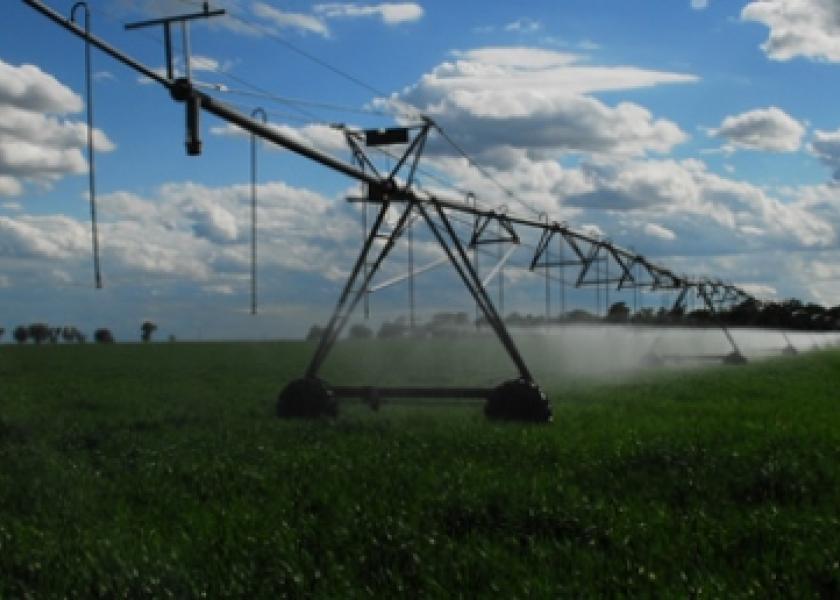Ogallala Aquifer Summit 2024: Tackling Tough Water Issues

Seeking collaboration on solutions to conserve and extend the lifespan of vital water resources in the High Plains, the third Ogallala Aquifer Summit brought politicians and stakeholders from across the region this week to Liberal, Kansas.
Calling the Ogallala Aquifer “critical to the viability” of agriculture and maintaining historic economic growth, Kansas Governor Laura Kelly delivered the summit’s opening remarks by praising attendees for their work to address “one of the region’s most pressing issues.”
“Having a clean, stable water supply is critical to maintaining our way of life in all communities across Kansas, rural and urban alike,” Kelly said. “It’s critical to maintaining Kansas as we know it and love it.”
The impact of the aquifer’s resources creates impact throughout the economy, agreed Kansas Senator Jerry Moran, who addressed the summit’s 200 attendees following Kelly. Moran encouraged participants at the summit to continue working to conserve the water resource for future generations.
The impact from the Ogallala Aquifer is massive, with estimates that 95% of groundwater pumped from the aquifer each year is for irrigated agriculture, though it also supports livestock, businesses and municipal needs. The aquifer supports approximately $3.5 billion in crop production in Kansas.
Throughout the summit attendees were reminded depletion of the aquifer is not a problem to be solved; it is a situation to be managed. Speakers emphasized that the region’s water resources would need constant management, technical innovation, financial and economic support and infrastructure changes.
“Management of the Ogallala Aquifer is a food security issue and a national security issue,” said Kristen Dickey, Aimpoint Research.
Economic analyses suggest that depletion of the aquifer could result in a $56 million annual loss for Texas and a $33 million loss for Kansas agriculture by 2050.
Irrigation in the High Plains began in the 1940s, with increasing water use from the aquifer until about 1980, then a gradual tapering off until the present decade. Texas Cattle Feeders Assn. CEO Ben Weinheimer told attendees that approximately 7 million acres were irrigated in the Texas Panhandle in 1980, declining to slightly less than 4 million acres today.
While crop irrigation accounts for a majority of the water use, the aquifer also supplies water for the region’s large livestock feeding operations. Those businesses are working to conserve water, too, says Joel Jarnagin, Cobalt Cattle Co.
Thirty years ago Jarnagin estimates feedyards used “15 or 16 gallons of water,” per head per day. Cobalt Cattle Co., which operates six feedyards with a one-time capacity of 300,000 head, has averaged “10.5 to 11.7 gallons” water use per head, per day over the past four years.
“That’s a significant savings just due to management and increased focus,” Jarnagin said.
Policy changes at the state level may also help stakeholders manage the water resource. For instance, Governor Kelly noted two specific bills passed in the last Kansas legislative session.
“One established a specific timeline for communities to develop strategies around maintaining water quality and quantity,” Kelly said. “The second allocated an unprecedented investment in the State Water Plan — to the tune of $35 million annually for five years.”
Kelly said she is encouraged by the progress made so far, but “It’s crucial that we build on our progress – which is why a summit of this scope is so important.







